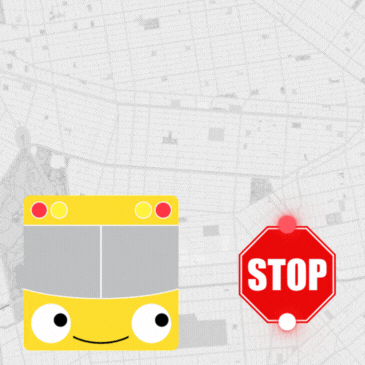NEW YORK — Swine flu SWAT teams would treat sick 911 callers in their homes — dialing up doctors for diagnoses and prescriptions — under a radical new plan being mulled by the city to prevent jammed emergency rooms, The Post has learned.
Officials are contemplating a new protocol that would transfer callers who report influenza-like symptoms to a special hot line manned by light-duty paramedics and a doctor, said a source with knowledge of the talks.
FDNY EMS to make Swine-Flu House Calls
NEW YORK — Swine flu SWAT teams would treat sick 911 callers in their homes — dialing up doctors for diagnoses and prescriptions — under a radical new plan being mulled by the city to prevent jammed emergency rooms, The Post has learned.
Officials are contemplating a new protocol that would transfer callers who report influenza-like symptoms to a special hot line manned by light-duty paramedics and a doctor, said a source with knowledge of the talks.
The medics would dispatch either a team of EMTs to evaluate patients in person, or possibly a specialized crew in an ambulette to avoid taking a regular ambulance out of service.
The potential new protocols grew out of city brainstorming sessions on how to handle people with flu symptoms who may not be sick enough to warrant hospitalization, the source said.
The EMTs would assess callers for underlying conditions, respiratory problems or pregnancy — all high-risk factors for swine flu — and share their findings over the phone with the medics and doctors.
Based on the information, a doctor would decide if the patient needs to be transported to the nearest emergency room or could be given a prescription for Tamiflu and left to recuperate at home, the source said.
Current FDNY protocols require EMS workers to bring sick 911 callers to hospitals, regardless of the severity of symptoms.
Officials are seeking to stem the same kind of swine flu stampede that overwhelmed ERs last spring. Hospital visits for flu hit an all-time high of 2,500 on May 25 — the day after a woman died from the H1N1 virus.
That same day a year earlier, the number of flu-related ER visits was only 150, city data show.
At the height of swine flu panic, from early May to early June, about 45,000 people with flu-like symptoms turned up at local ERs — more than 10 times the 4,267 visitors who went to hospitals with similar symptoms over the same period last year.
But only about 40 or 50 a day of those were actually sick enough to get admitted to hospitals during that peak period, data show.
Officials are smart to rethink how they treat 911 flu calls because a true epidemic this fall could overwhelm city hospitals in 24 hours, said Dr. Irwin Redlener, a Columbia University expert on disaster preparedness.
“A Spanish-flu type pandemic like in 1918 would overwhelm our hospital system in 24 hours,” Redlener said.
But there’s a risk in having a doctor assess sick patients remotely, he said.
“It’s a very touchy situation. Some people calling probably could be treated at home, but we could wind up with people who should be in a hospital and are not,” he warned. “It’s critical that the triage is done well.”
EMS union head Pat Bahnken said such measures shouldn’t be considered unless the city hits a real crisis.
“The liability is too great, and can we really morally justify denying an ambulance to someone who is sick?” he said.














waaa
what a shame
F-Y-I
It’s not a shame. If done correctly, it is actually a benefit both for the person calling 9-1-1, and the patients who are already in the hospitals for other reasons.
It’s a documented fact, that each year in america approximately 1.7 million people acquire new infections while in the hospital (these infections can many times be resilient and harder to treat than regular infections one may contract at home). Of those 1.7 million people about 270 die each day. So by keeping people who don’t really need to be in a hospital out of them, you may be saving them much heart ache, and maybe even their lives.
On the other side of the coin, as mentioned above, if everyone with flu-like symptoms descends on the hospitals, they would very soon be overwhelmed. Such swamped conditions will make it that much harder for already sick patients to receive the proper focus and treatment which they need, and hurt the overall effectiveness of the hospitals.
In most cases, if there isn’t a critical need to go to the hospital now, you may be better off calling your primary care physician (family doctor), before running to the ER (where you’ll have to wait for 6 hours, to receive enough medication only to last you three days before you follow-up with your own doctor to extend the prescription). As always the best treatment is prevention.
If you feel at all at risk, or have young children; it’s best to discuss potential issues with your doctor. Make a plan before issues arise, so when they do, you will be prepared to deal with them appropriately
The only pitfall, again as mentioned above is proper detailed triage to pick out the ones whom really do require the full services of a hospital rather than be treated by a primary care physician. The liability issue is enormous, and you can imagine that the city will have thought this through very carefully before implementing it.